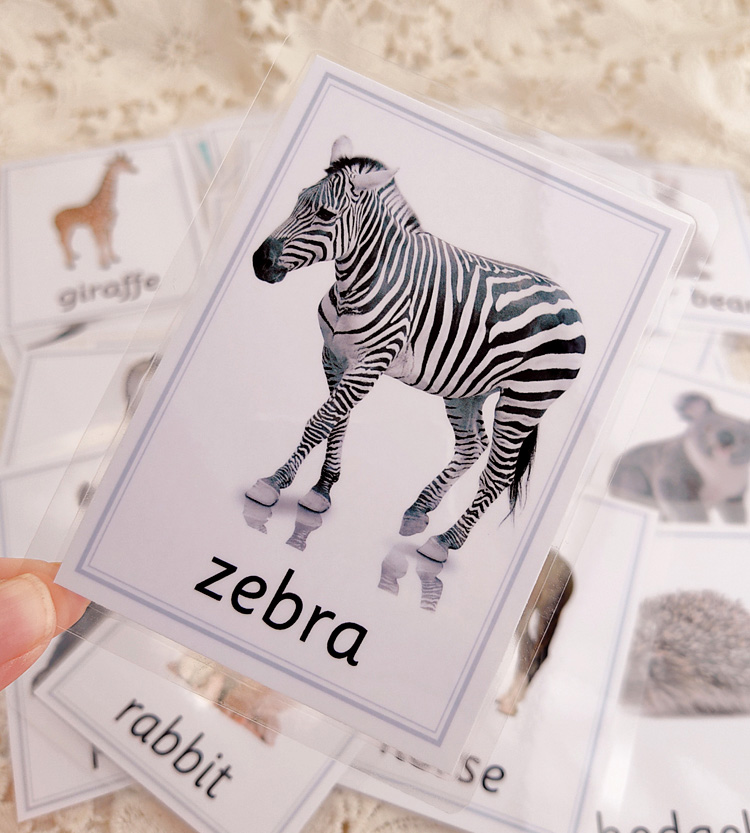By subscribing, you agree to our Terms of Use and Policies You may unsubscribe at any time.
The ancient Japanese art of folding and cutting paper called kirigami has been used in the past to develop 3D printing techniques, stronger removable tape and even shoe coating. Its applications have been many as it inspires new ways of doing things that result in superior products. Mother Roll Paper

Now, MIT engineers have used this artform to develop a type of high-performance ultrastrong yet very light material known as a plate lattice, according to a press release published on Tuesday.
“This material is like steel cork. It is lighter than cork, but with high strength and high stiffness,” said Professor Neil Gershenfeld, who leads the Center for Bits and Atoms (CBA) at MIT and is senior author of a new paper on this approach.
Using a modular construction process that sees smaller components formed, folded, and assembled into 3D shapes, the engineers were able to produce plate lattices.
These are cellular structures composed of three-dimensional intersections of plates, rather than beams, making them stronger and stiffer than truss lattices.
However, they are notoriously complicated to fabricate using common techniques like 3D printing. That’s where the kirigami came in.
The artform dates back to the 7th century and has been thus far successfully used to produce plate lattices from partially folded zigzag creases. The MIT researchers further enhanced this process by modifying a common origami crease pattern, known as a Miura-ori pattern, so the sharp points of the corrugated structure are transformed into facets. The facets serve as flat surfaces to which plates can be attached to without the use of bolts or rivets. This allows for the creation of sandwich structures.
“Plate lattices outperform beam lattices in strength and stiffness while maintaining the same weight and internal structure,” said Parra Rubio, a research assistant in the CBA.
“Reaching the H-S upper bound for theoretical stiffness and strength has been demonstrated through nanoscale production using two-photon lithography. Plate lattices construction has been so difficult that there has been little research on the macro scale. We think folding is a path to easier utilization of this type of plate structure made from metals.”
The new process also allows the engineers to control the stiffness, strength, and flexural modulus of the new material by encoding this data into a creasing map that is used to create the kirigami corrugations.
The researchers even conceived of a modular assembly process convenient for larger structures, using a unique machine called a Zund cutting table.
“To make things like cars and airplanes, a huge investment goes into tooling. This manufacturing process is without tooling, like 3D printing. But unlike 3D printing, our process can set the limit for record material properties,” Gershenfeld said.
Now the researchers are working on user-friendly CAD design tools developed specifically for these kirigami-inspired structures. So far the team of engineers and graduate students have used their new process to create large aluminium artworks currently exposed at the MIT Media Lab.
“At the end of the day, the artistic piece is only possible because of the math and engineering contributions we are showing in our papers. But we don’t want to ignore the aesthetic power of our work,” Rubio said.

Custom Mother Jumbo Roll The artworks are several meters long but only took mere hours to make thanks to the efficiency of the new system.